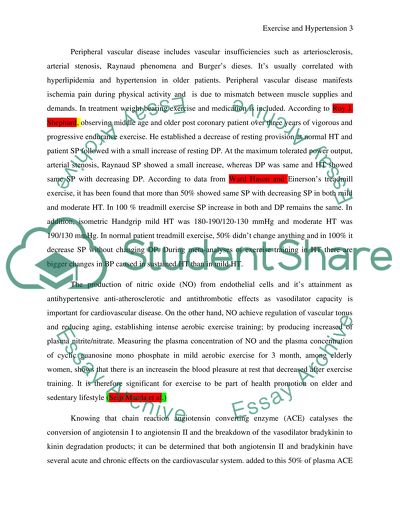Cite this document
(“The effect of endurance exercise on hypertension Essay”, n.d.)
The effect of endurance exercise on hypertension Essay. Retrieved from https://studentshare.org/miscellaneous/1551449-the-effect-of-endurance-exercise-on-hypertension
The effect of endurance exercise on hypertension Essay. Retrieved from https://studentshare.org/miscellaneous/1551449-the-effect-of-endurance-exercise-on-hypertension
(The Effect of Endurance Exercise on Hypertension Essay)
The Effect of Endurance Exercise on Hypertension Essay. https://studentshare.org/miscellaneous/1551449-the-effect-of-endurance-exercise-on-hypertension.
The Effect of Endurance Exercise on Hypertension Essay. https://studentshare.org/miscellaneous/1551449-the-effect-of-endurance-exercise-on-hypertension.
“The Effect of Endurance Exercise on Hypertension Essay”, n.d. https://studentshare.org/miscellaneous/1551449-the-effect-of-endurance-exercise-on-hypertension.


